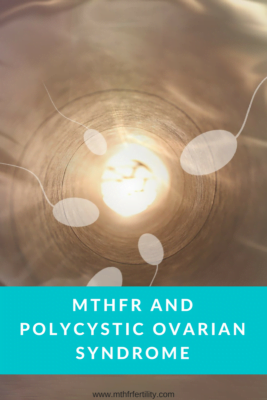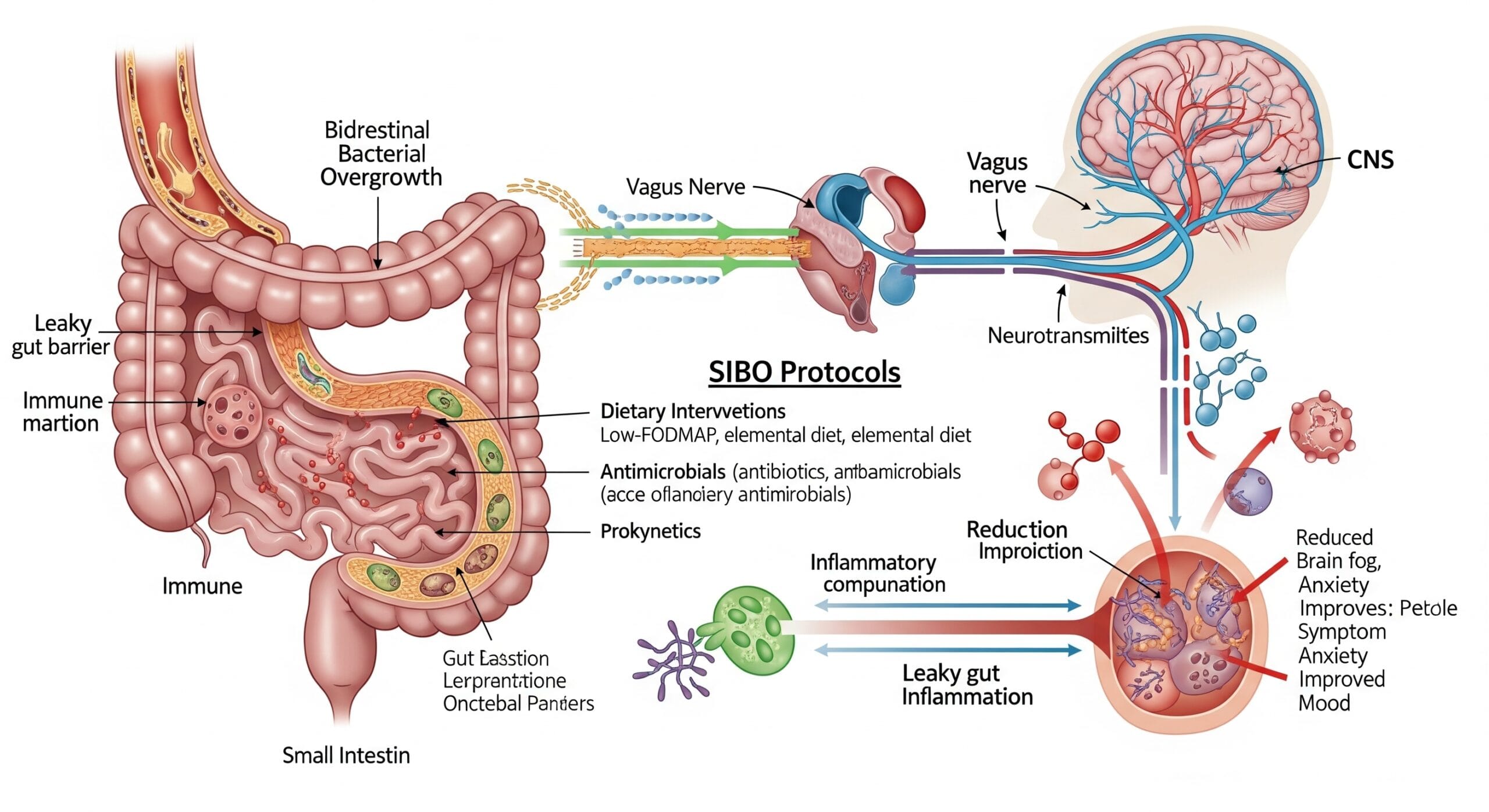INGREDIENTS:
Serves 2
2 x 200 g (7 oz) wild-caught snapper fillets
10 g (2/5 oz) butter
TERIYAKI GLAZE
- 60 ml (2 fl oz) tamari soy sauce
- 60 ml (2 fl oz) organic maple syrup
- 30 ml (1 fl oz) mirin
- 50 g (1 ¾ oz) red apple, grated (with skin)
- 1 golden shallot, finely diced
- 1 teaspoon fresh ginger, grated
WILTED GREENS
- 1 teaspoon olive oil
- 100 g (3 ½ oz) cavolo nero, washed and shredded
- 120 g (4 oz) baby spinach leaves
- a pinch of black pepper
- 1 teaspoon lemon juice
METHOD:
- Combine teriyaki glaze ingredients in a pot and simmer over a low heat for 3 – 5 minutes. Set aside.
- Heat a small pot over a medium heat with olive oil.
- Add cavolo nero, spinach, pepper and lemon juice and cover with a lid.
- Reduce the heat to low and gently allow to steam for 1 – 2 minutes or until wilted.
- Set aside and keep warm until needed.
- Heat 1 teaspoon olive oil in a pan over a medium heat.
- Add snapper, skin-side down and cover with a lid.
- Reduce the heat to low, gently cover with a lid and allow the fish to cook all the way through without turning over.
- Remove the lid and add 40 ml teriyaki sauce.
- Add the butter and mont au beurre to create a lovely sauce.
- Serve immediately with wilted greens
NOTES AND INSPIRATION:
You can use any fish you like for this recipe – some good examples are Australian salmon, flat head, whiting, sea mullet or tailor.
*This recipe by Teresa Cutter is sourced from The Healthy Chef








